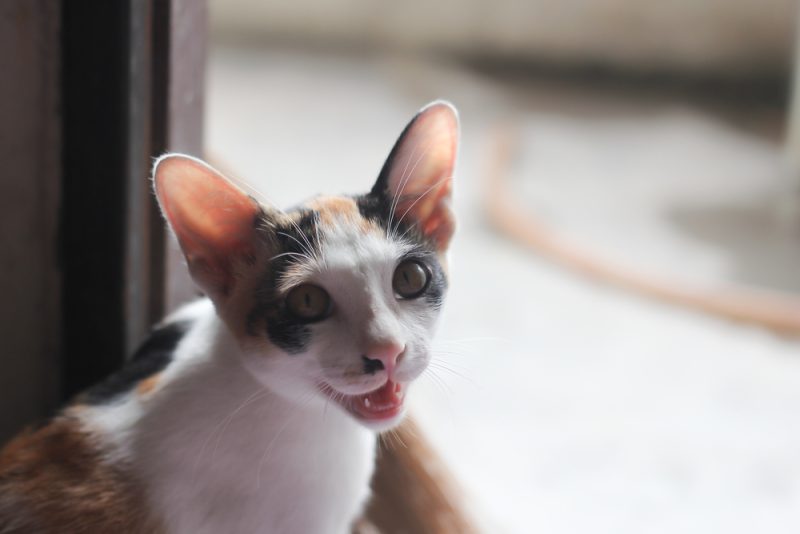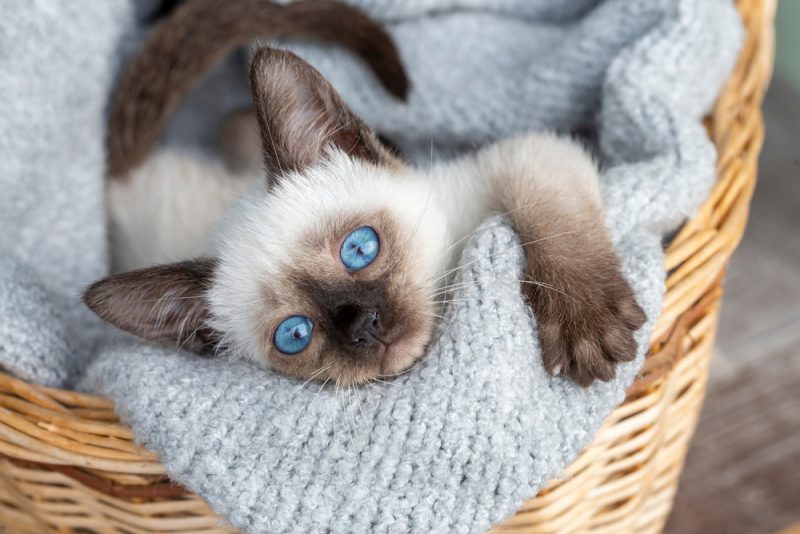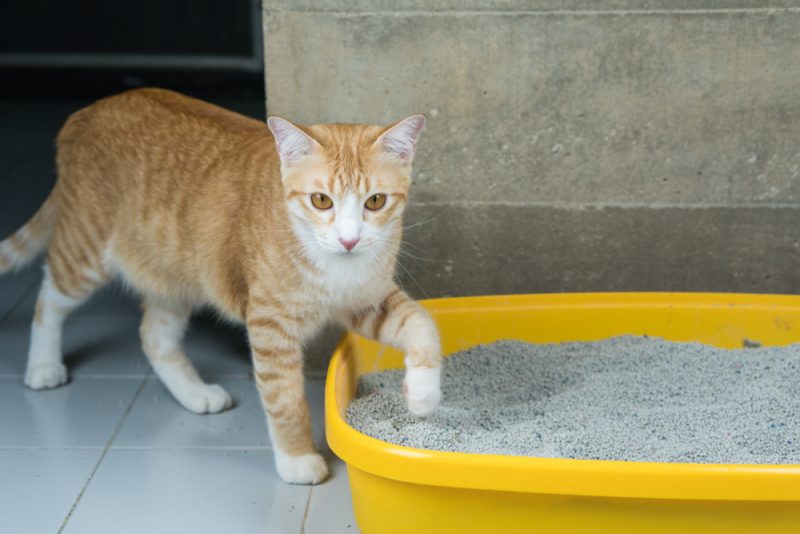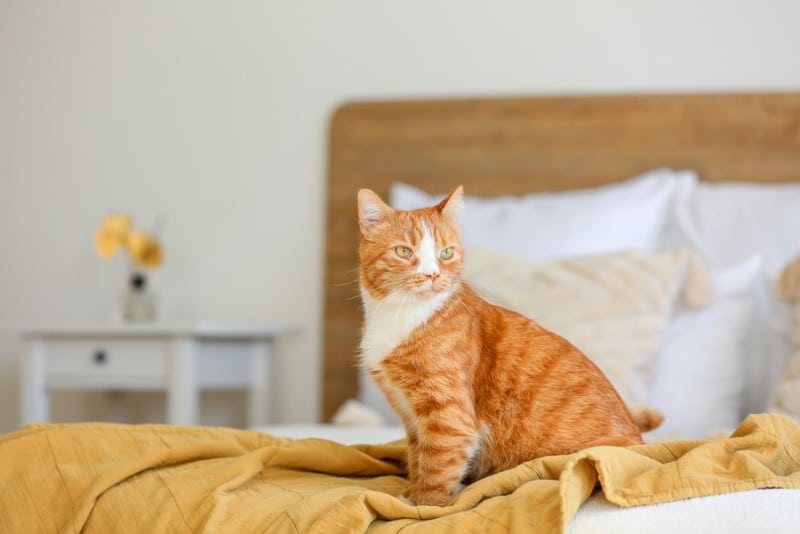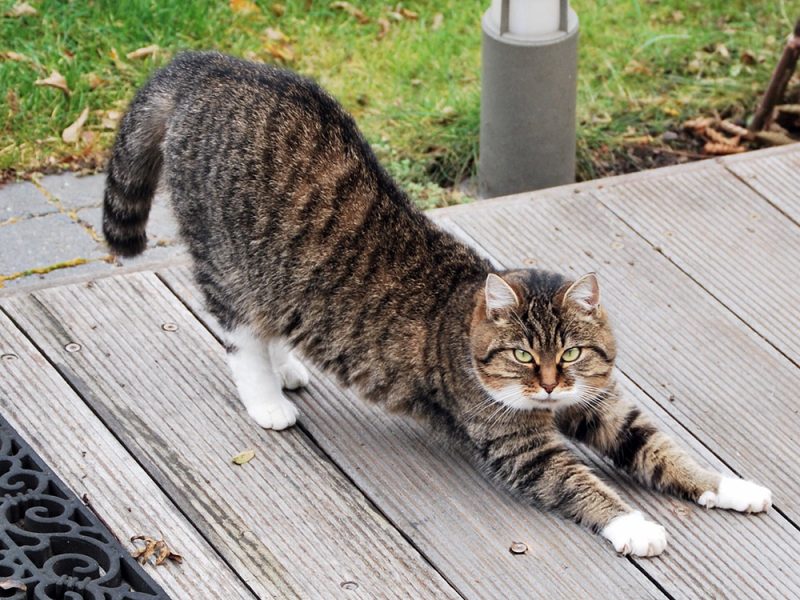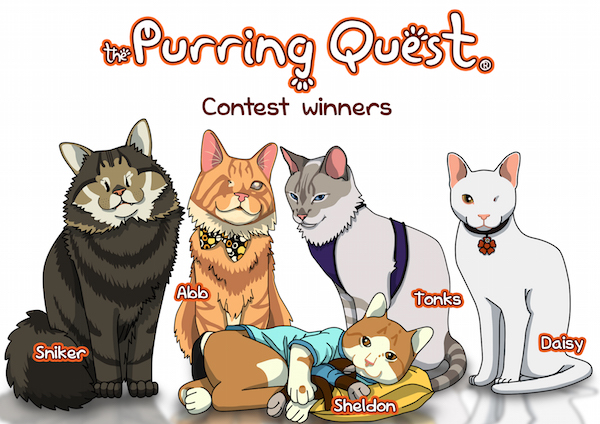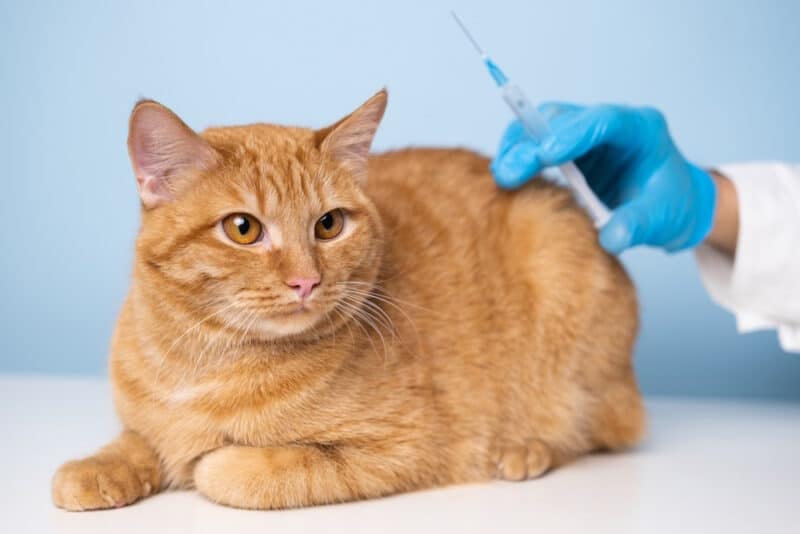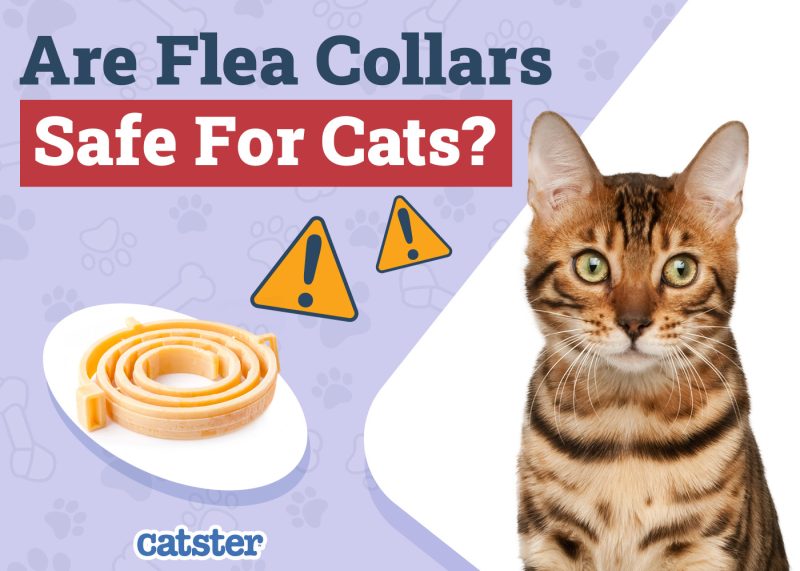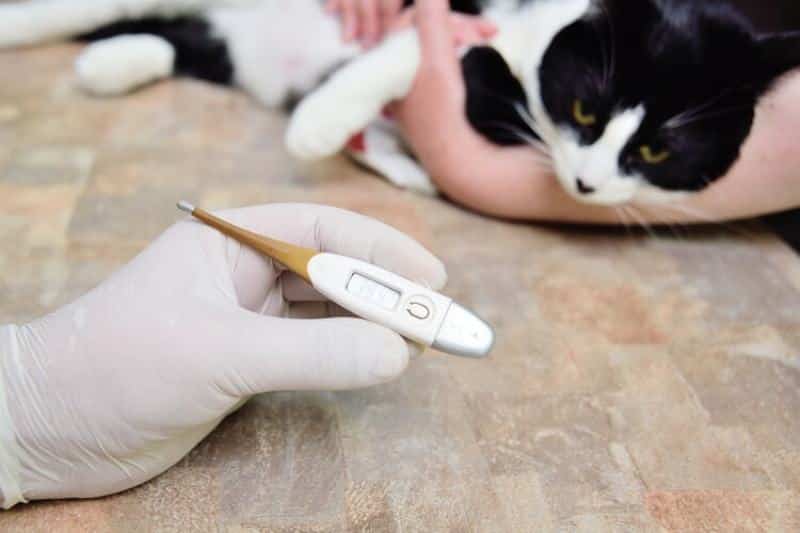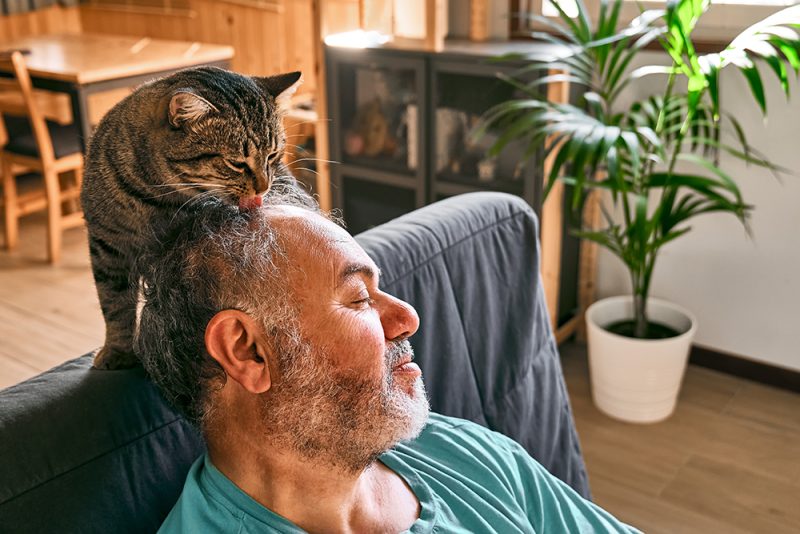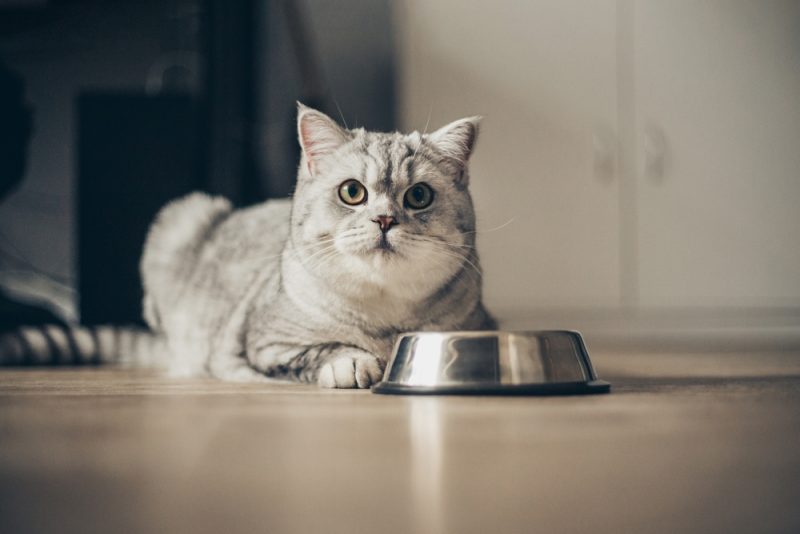In this article
Have you ever been greeted by the cute sound of your cat trilling? It’s slightly different from meowing, and most cats do it in response to something positive, like being offered their favorite treat.
Trills and meows aren’t the only types of vocalizations that cats use to communicate, though. In fact, among carnivorous animals, our feline companions have the most extensive vocal repertoire.1 This is due to their social organization, nocturnal activity, and long periods of contact between the mother cat and her kittens.
Read on as we explore the most common reasons that cats trill and what that adorable sound means.

What Does the Cat Trilling Noise Sound Like?
In a 2020 study, the researchers described the cat trilling noise as “garnishment, produced with a soft voice like the purr.”2 In other words, a trill falls somewhere between a purr and a meow. It is often done in a series of short, high-pitched noises that can vary in intensity and duration.
Why Do Cats Trill?
According to researchers, cat vocalizations serve as “valuable tools in exploring motor, perceptual, motivational, and social development.”3 Cats use different types of vocalizations to express their feelings and emotions during interactions with humans or between a mother cat and her kittens. They can also express fear and aggression in hostile situations through specific vocalizations and body posture.
One cat trilling meaning is a response to a positive stimulus—such as food or petting—or to greet their human companions. It’s their way of saying hello and showing that they recognize and like you. They use trilling not only with people but also when greeting another known cat. This friendly sound is a sign of a strong bond and recognition.
Furthermore, mother cats use trills to communicate with their kittens. It serves as a way to get their attention, guide them, or simply check on their well-being. Even when they grow up, cats don’t lose the habit of trilling.
Interestingly, in a 2012 pilot study on cat vocalizations, the trill turned out to be the most common sound after the meow.4 This shows how vital it is for how our feline companions communicate with us and each other.
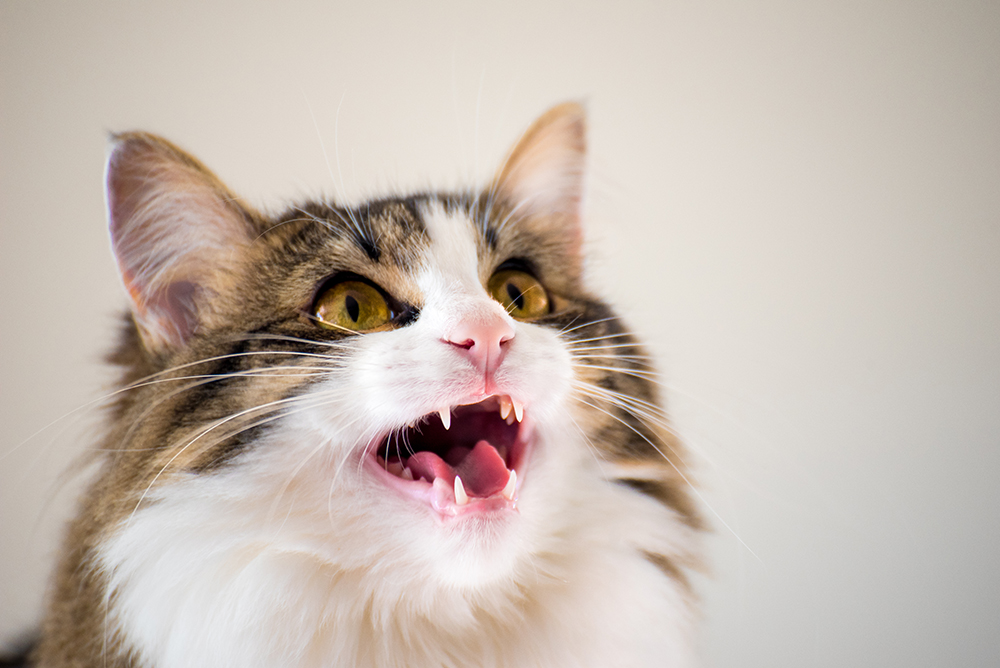

What Are the Different Types of Cat Vocalizations?
Cat vocalizations are generally divided into three main categories: murmur sounds, vowel sounds, and forced intensity sounds.
- Murmur vocalizations correspond to the sounds produced with the mouth closed. Examples of these sounds are purring, trilling, and groaning.
- Vowel sounds are formed with an open mouth that closes gradually, such as meowing during friendly interactions or making a loud squeak.
- Forced-intensity sounds are produced with an open mouth, used to show aggression, and include growling, hissing, and spitting. Chattering is also a type of forced intensity sound, but it is not used to show aggression, but rather when cats see prey.
The above mentioned study with 74 cats found that in pleasant situations, like being offered a favorite snack, cats made specific sounds like trilling, squeaking, purring, and chattering. This shows that cat trilling is associated with positive emotions.
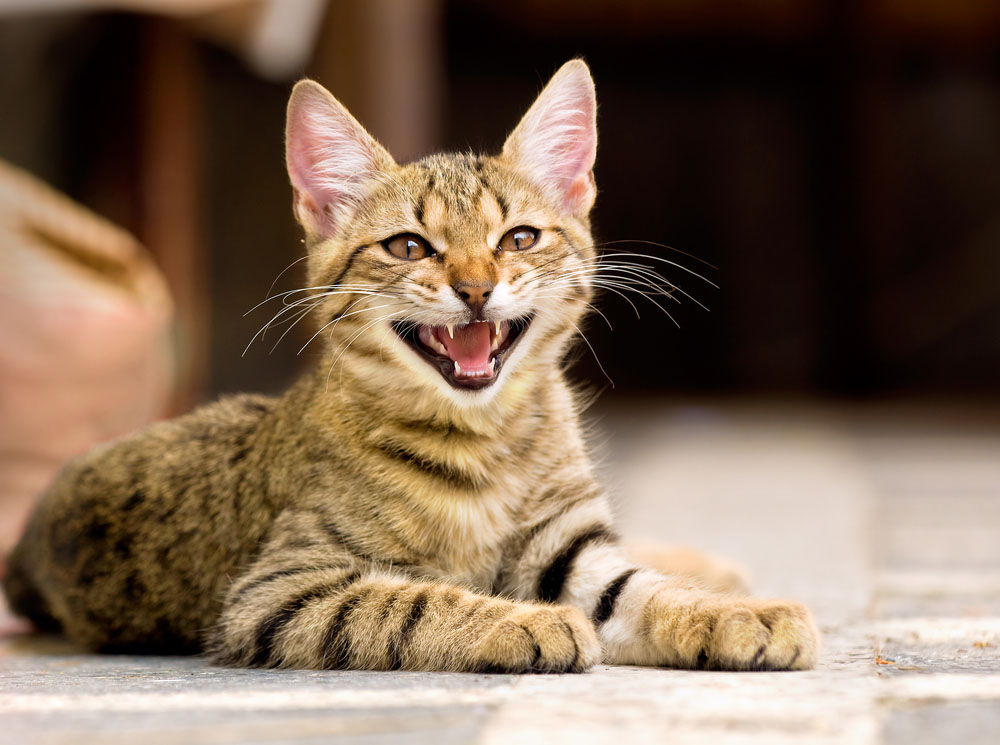
Are Cat Trilling and Chirping the Same?
Trills and chirps are specific types of vocalizations produced by cats; they are similar sounds but are not used in the same exact contexts.
On the one hand, trills are a recognition, like a greeting call. They can be a bit difficult to distinguish from chirps, which are also short, high-pitched calls similar to bird chirps. On the other hand, chirps are a bit shorter, faster, and more staccato than trills.
Cats chirp primarily as a “contact call”—that is, to locate their peers or when they want something. Cats often chirp when they observe prey or something that catches their interest, such as birds outside a window.
Both chirps and trills can be used by a mother cat to tell her kittens to follow her.

Why Do Some Cats Trill More Than Others?
The frequency of trills can vary between each cat, as can meows and other vocalizations. Some cat breeds are more vocal than others, and some simply have a more “talkative” temperament. So, if your kitty has never greeted you with an adorable cat trilling sound, don’t worry—that doesn’t mean there’s anything wrong with them!
Can Cat Trilling Be a Sign of Distress?
Cat trilling is usually associated with positive emotions. However, if it’s sudden, excessive, or accompanied by other signs of distress, you may want to take your cat to the vet to rule out any potential health issues.

Tips for Understanding Your Cat’s Language
Cat trilling is just one way for your kitty to express their emotions.
- Pay attention to your cat’s body language. When your cat makes sounds, watch how they behave. If they are purring, relaxed, and showing signs of contentment like sitting or lying down with their eyes half-closed and their tail still, they are probably happy. Furthermore, if your kitty has forward ears, raised tail, forward whiskers, and somewhat dilated pupils, they are telling you that they want to play.
- If your cat has dilated pupils, backward-facing ears, and a wagging or wagging tail, these are clear signs that they want to be left alone for a while. So, pay attention to their sounds and body language to better understand what your cat is trying to tell you.
- Consider the situation in which the vocalization occurs. Cats may meow differently when they want food and attention or are in distress. Understanding the context helps you interpret what your cat is trying to tell you.
- Cats use different pitches and volumes to express their emotions. A loud and insistent meow might indicate urgency or frustration, while a soft, gentle tweet could signify that your cat wants something.
- Monitor your cat and check for signs of physical discomfort. Sudden changes in vocalization patterns or the introduction of new, distressing sounds may indicate that something is wrong with your cat. If you notice any unusual or concerning vocalizations, it’s best to consult with your vet to rule out any potential health issues.

Final Thoughts
A cat’s trill is like a friendly “hello” to their fellow cats and human friends. It’s their way of expressing happiness and affection, whether they’re excited to see you or interacting with other known cats. A mother cat can also use this short and high-pitched noise to guide her kittens and check on them. So, when your cat trills, know that it’s just their way of saying that they’re happy to be with you—or maybe they want you to follow them so you can fill their bowl with more food!
See Also:
- My Cat Makes Weird Noises When Drinking: 6 Vet-Verified Explanations
- Why Do Cats Trill When They Jump? 4 Vet-Reviewed Reasons
Featured Image Credit: Chan Deshpong, Shutterstock
